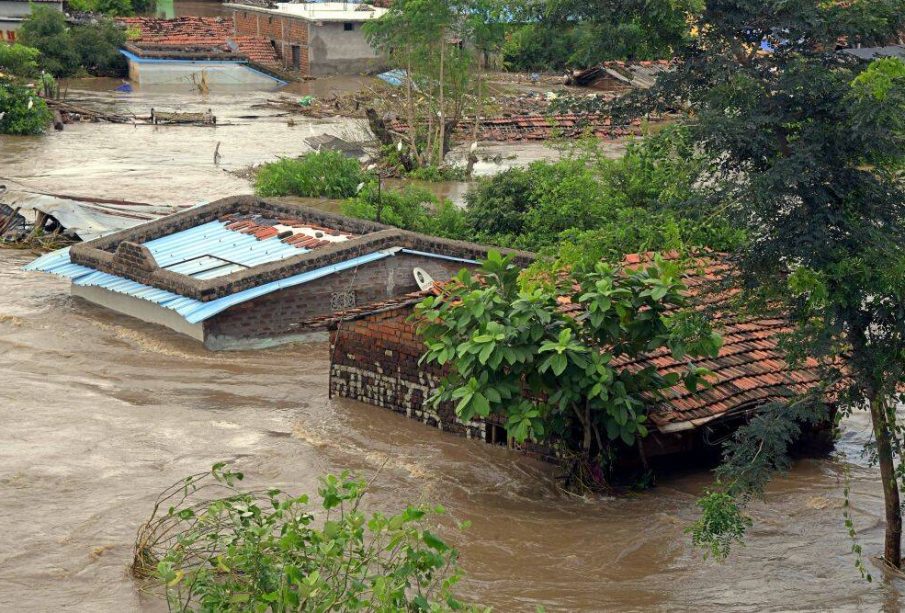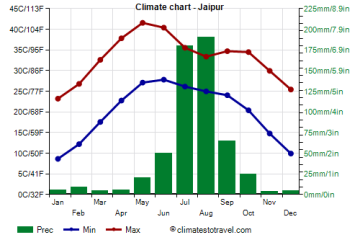Chandrapur Floods: A Devastating Natural Disaster

Introduction
The recent floods in Chandrapur, Maharashtra, have emerged as a significant natural disaster, affecting thousands of residents and damaging infrastructure. The region is currently grappling with the aftermath of unprecedented rainfall that has led to the overflowing of rivers and inundation of low-lying areas. Understanding the causes and responses to this flooding is critical, as it highlights the need for more robust disaster management strategies.
Cause of the Floods
The floods were triggered by heavy monsoon rains that began in early July 2023, with meteorological departments reporting a 60% increase in precipitation compared to previous years. The local river systems, particularly the Wardha River, have overflowed their banks, submerging various towns and villages in the region.
Impact on the Community
The flooding has turned devastating for many families, with around 20,000 people displaced as rescue operations are underway. The state government has been working tirelessly to provide shelter and aid to those affected, setting up relief camps in schools and community centers. In addition to human displacement, the floods have severely impacted local agriculture, wiping out crops and threatening food security for the upcoming seasons.
Government Response
In response to the crisis, Maharashtra’s Chief Minister has announced a relief package that includes cash assistance, food supplies, and medical care for affected individuals. Furthermore, the government is assessing the damage to infrastructure, including roads and bridges, which is crucial for recovery efforts post-flood.
Looking Ahead
Experts have called for immediate measures to reinforce riverbanks and improve drainage systems to prevent such occurrences in the future, emphasizing sustainable practices that can help manage heavy rainfall. Climate change has raised concerns about the frequency and intensity of such natural disasters, urging both state and community action.
Conclusion
The floods in Chandrapur serve as a wake-up call regarding the vulnerabilities of our infrastructure and communities to climate extremes. Ongoing recovery efforts will need to be complemented by long-term strategies for disaster preparedness and climate resilience. As the region begins to recover, the lessons learned from this catastrophe will be vital in steering future initiatives to foster a more resilient landscape.









